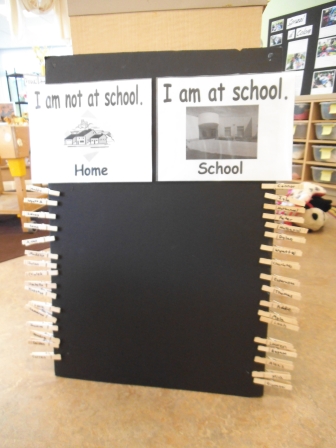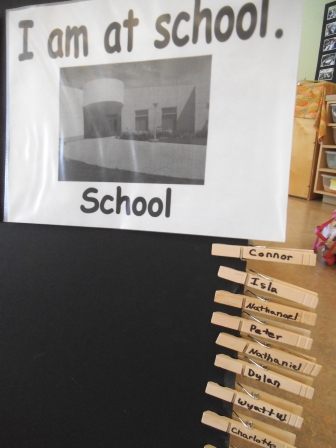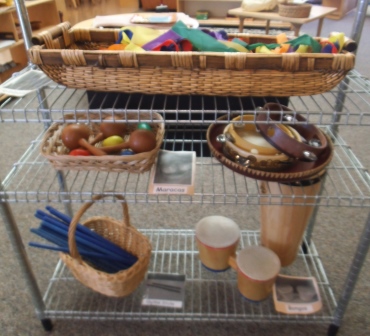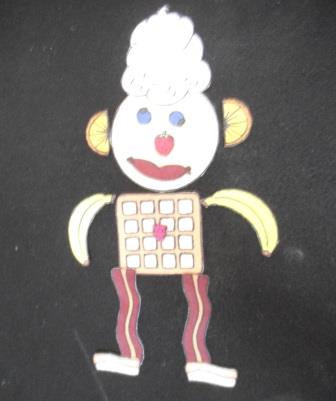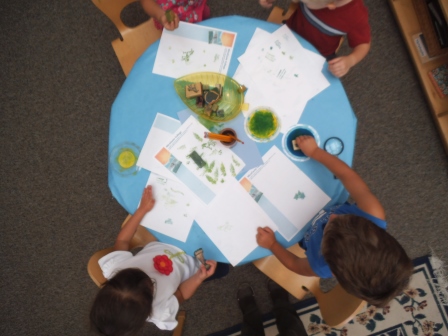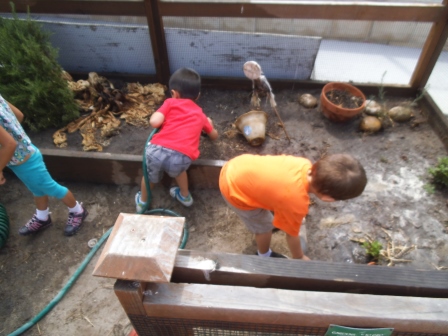Yesterday, we highlighted the writing area as an important area in our classroom. As a part of that, we talked about how children gain print awareness in the preschool years. This is that “aha” moment when they realize print matters and carries meaning. That first important word is usually their names, but could be other things.
We started two things today that help the children with name recognition. We will have more soon, too (e.g., better cubby labels with photos and names). In the meantime, here are two things:
First, we have a new clip chart where children can move themselves from “Home” to “School” when the arrive to school. When they leave, they can move their clip back to “Home.” This is something you can do with your child upon arrival and departure each day. Children can start to recognize their own names and the names of their classmates. They have gotten good, already, at learning the names of their classmates! (Keep reading – the post goes beyond the photos.)
We also have a new chart that the children use that help them know if they are playing indoors or outdoors. There are number slots so that there are 12 children, at most, in these locations at any time. Today we counted the numbers together (1 through 12) and put names on the spots. The teacher will pull the clips out of a basket and have the children choose what they would like to do. We switch mid-day, and sometimes children may choose to go back indoors or go outdoors if there’s room, so everyone gets to do both each day (unless weather prevents it!). Children learned mathematics here, too!
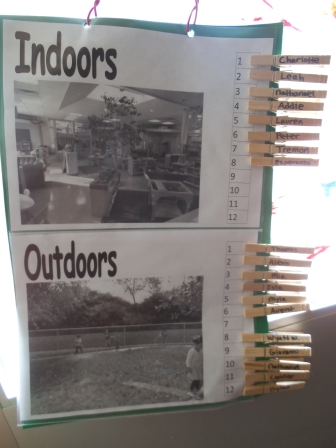
Lastly, we wanted to highlight the music and movement area in the classroom. This has been a busy area of the room! Music is mathematical (rhythm and patterns) and involves a different form of visual literacy (making sense of sheet music). In the area, we have sample sheet music for children to see just so that they can get used to what it looks like. We have a lot of percussion instruments like a steel drum, tambourines, rhythm sticks, and more. We also have ribbons so that children can see their movements when they dance to music. The area involves a large amount of motor skills (large and small), cognitive skills (remembering music and creating patterns), language skills (words and sounds), and social-emotional skills (music can bring joy and bring people together!). It’s also science: a small drum may sound different from a large drum.
We have a large open space for music. This is just some of what we offer (see the photo below). We also sing and dance during the day. This week the children have been singing “Flip Flap Jack” with the teachers. It’s more of a chant and it’s pretty silly!
“There once was a man who was made of food and his name was Flip Flap Jack.
His head was made of a pancake. A pancake? A pancake. His head was made of a pancake and his name was Flip Flap Jack.
His eye were made of blueberries….” (Keep going).
Hair: Whipped cream
Nose: Strawberry
Mouth: Sausage
Body: Waffle
Belly button: Raspberry
Legs: Bacon
Feet: French toast
Arms: Bananas
Ears: Oranges
Here’s Flip Flap Jack! Have a great day and thanks for reading our updates.

